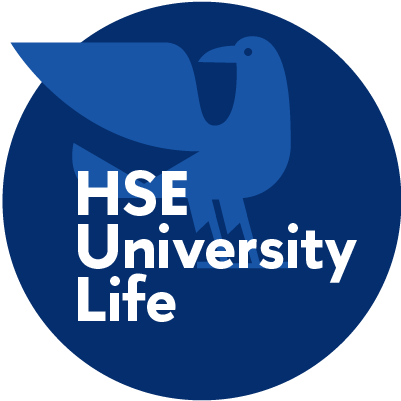- A
- A
- A
- ABC
- ABC
- ABC
- А
- А
- А
- А
- А
HSE Supercomputer Receives National Award
© iStock
On November 24, the winners of Russia’s Prioritet 2.0 Award, which recognizes outstanding applications of advanced technology, were awarded at the Civic Chamber of the Russian Federation. HSE University was awarded for developing the cHARISMa supercomputer.
In 2019, a supercomputer was installed at HSE University. In October of the same year, the Supercomputer Modeling Unit was created, which attracted experienced junior tech specialists. Today, the Unit consists of a head and two leading engineers. They are supported by three HSE student digital assistants who have taken the opportunity to gain experience in the field and potentially become full-time employees in future.

HSE University won the Prioritet 2.0 Award for its effectiveness in supercomputer-enabled research and import substitution, said Pavel Kostenetskiy, Head of the HSE Supercomputer Modeling Unit. ‘The Supercomputer is built on imported processors but has been assembled in Russia. We have adjusted it ourselves and developed a convenient local system of monitoring and control. In the near future, we are going to patent it and make it publicly available.’
This year, HSE University was the only academic institution to be nominated for the award. ‘Most of the nominated projects solve a specific commercial task, while HSE’s research and development can be applied for the benefit of the nation, such as in AI technology progress,’ Kostenetskiy said.
The supercomputer in numbers
98,051 problems
solved by HSE researchers with the supercomputer
385 users
188 staff members and 197 students
130
research teams (projects)
110 world-class studies
carried out with cHARISMa locally
Statistics as of November 23, 2020
This year, the HSE supercomputer is helping to conduct a number of research projects, one of which aims to develop a way to control a human motor apparatus model, and another of which aims to develop and approbate new technology to integrate distributed computational resources to solve high-performance global optimization tasks, develop new methods of forecasting chaotic time sequences many steps ahead (such as financial time sequences), and develop methods to model complicated flows of human blood particles.
The pandemic has prompted the researchers to pursue new areas related to COVID-19 prevention. For example, they have conducted a Coronavirus phylogeny study, which analyses the distribution of the virus in Russia. The results of the study have revealed that:
- The virus has been imported to Russia several dozen times;
- Most of introductions came from Europe in late February – early March;
- The virus has been brought to Russia at least 67 times;
- There are no traces of introduction from China.
Today, the supercomputer is loaded completely. There is already a queue of research tasks, so before the end of 2020, cHARISMa is getting a small extension which will include 11 more computational servers based on Xeon Gold CPUs and three more servers with NVIDIA Tesla V100 graphic processors.
In 2021, a second stage of expansion is planned, with a considerable increase in the supercomputer’s performance, aimed at meeting the growing demand of HSE researchers, teachers, and students.
Any HSE employee can use the supercomputer, as well as students who are conducting research or completing coursework under the supervision of an instructor. Please visit the Supercomputer Modeling Unit website to get more information about how to register.

